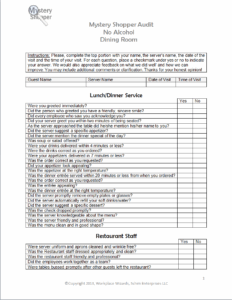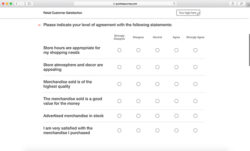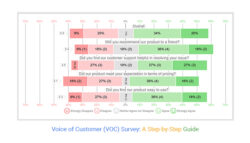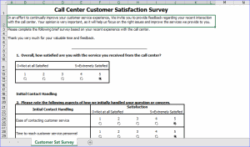Ever felt like your support documentation is a maze, leading customers down dead ends instead of solving their problems? Or maybe you have a clear process, but when things get tricky, knowing how to escalate issues efficiently feels like a mystery. You’re not alone! Many organizations grapple with creating comprehensive support documentation and establishing clear escalation paths. It’s a challenge that can impact customer satisfaction, strain support teams, and ultimately, affect your bottom line.
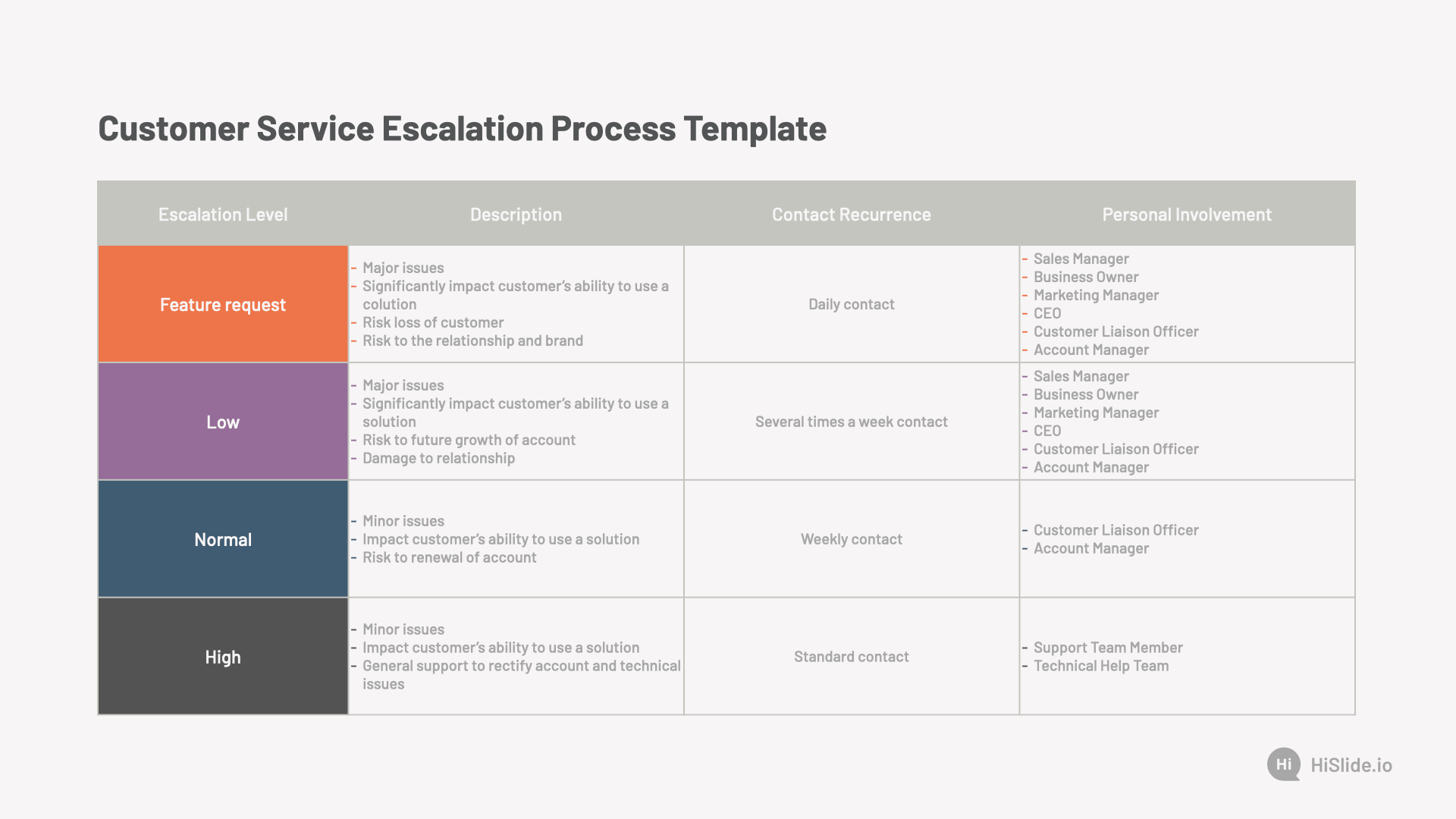
The good news is, there are solutions! A well-designed support documentation template paired with a robust escalation service can transform your customer support from a source of frustration to a competitive advantage. Imagine a world where customers can easily find answers to their questions, and when complex issues arise, they are swiftly and efficiently routed to the right experts. This isn’t just a dream; it’s achievable with the right tools and strategies. We are here to explore those possibilities!
In this article, we will dive into the power of combining clear, concise documentation with a streamlined escalation process. We’ll explore how to create effective support documentation templates, understand the importance of a well-defined escalation service, and demonstrate how these two elements work together to create a superior customer support experience. Let’s get started on building a support system that actually supports your customers and your team!
Why Support Documentation and Escalation Services are Essential
Let’s face it: Customers prefer to solve their problems themselves. That’s why comprehensive and easily accessible support documentation is crucial. Think of it as your 24/7 self-service help desk. It empowers customers to find answers independently, reducing the burden on your support team and freeing them up to handle more complex issues. Well-written documentation can cover a wide range of topics, from basic troubleshooting steps to in-depth explanations of product features.
But documentation alone isn’t enough. Sometimes, customers encounter problems that require expert assistance. This is where a well-defined escalation service comes into play. An escalation service ensures that complex issues are quickly identified and routed to the appropriate specialists who have the knowledge and expertise to resolve them effectively. Without a clear escalation path, issues can get stuck in a loop, leading to frustrated customers and overwhelmed support agents.
A solid support documentation template escalation service system isn’t just about reacting to problems; it’s about preventing them. By proactively addressing common issues in your documentation and having a system in place to handle complex problems efficiently, you can reduce the overall number of support requests and improve customer satisfaction. Moreover, analyzing escalation data can provide valuable insights into recurring issues, allowing you to improve your product or service and further reduce support needs.
The best support documentation template is one that’s easy to navigate, search, and understand. Use clear and concise language, break down complex topics into smaller, digestible chunks, and include visuals such as screenshots and videos. Don’t forget to regularly update your documentation to reflect changes in your product or service. Outdated documentation can be even more frustrating than no documentation at all.
In conclusion, investing in both high-quality support documentation and a robust escalation service is an investment in customer satisfaction and long-term success. It’s about empowering your customers to solve problems themselves while ensuring that they receive the expert assistance they need when things get complicated. It also leads to more efficient use of support resources and better insights into product and service improvement.
Building an Effective Support Documentation and Escalation Process
Creating effective support documentation starts with understanding your audience. Who are your customers? What are their technical skills? What questions are they most likely to have? Once you have a clear understanding of your audience, you can tailor your documentation to meet their specific needs. It’s also crucial to structure your documentation logically, making it easy for customers to find the information they need quickly. Consider using a knowledge base platform that allows you to organize your documentation into categories and subcategories.
Your support documentation template should include a consistent format for each article, with clear headings, subheadings, and bullet points. Use a conversational tone and avoid jargon whenever possible. Incorporate visuals such as screenshots, videos, and diagrams to illustrate complex concepts. Don’t forget to include a search function that allows customers to easily find relevant articles based on keywords. Regularly review and update your documentation to ensure that it remains accurate and up-to-date. Encourage feedback from customers and support agents to identify areas for improvement.
When it comes to escalation, define clear escalation paths for different types of issues. Identify the roles and responsibilities of each escalation level. For example, a first-level support agent might handle basic troubleshooting steps, while a second-level agent might handle more complex technical issues. Create a process for tracking escalations and ensuring that they are resolved in a timely manner. Establish service level agreements (SLAs) for different types of issues to set expectations for resolution times.
Communication is key during the escalation process. Keep customers informed about the status of their issue and provide regular updates. Be transparent about the steps that are being taken to resolve the issue. Empower support agents to make decisions and take ownership of escalated issues. Provide training and resources to support agents to help them handle escalations effectively. Regularly review the escalation process to identify areas for improvement and optimize efficiency.
By combining well-structured support documentation with a streamlined escalation process, you can create a seamless customer support experience. Customers can find answers to their questions quickly and easily, and when they need expert assistance, they can be confident that their issue will be resolved efficiently. This leads to increased customer satisfaction, reduced support costs, and a stronger brand reputation. The implementation of a effective support documentation template escalation service is a long-term investment in customer loyalty and business growth.
A great support experience builds loyal customers and makes your business stand out from the competition. Investing in clear documentation and a smooth escalation process is a commitment to providing exceptional service and setting the stage for lasting relationships.
In the long run, a well-oiled support system benefits everyone. Customers get their problems solved quickly, support teams feel empowered and efficient, and your business reaps the rewards of increased customer satisfaction and loyalty.
